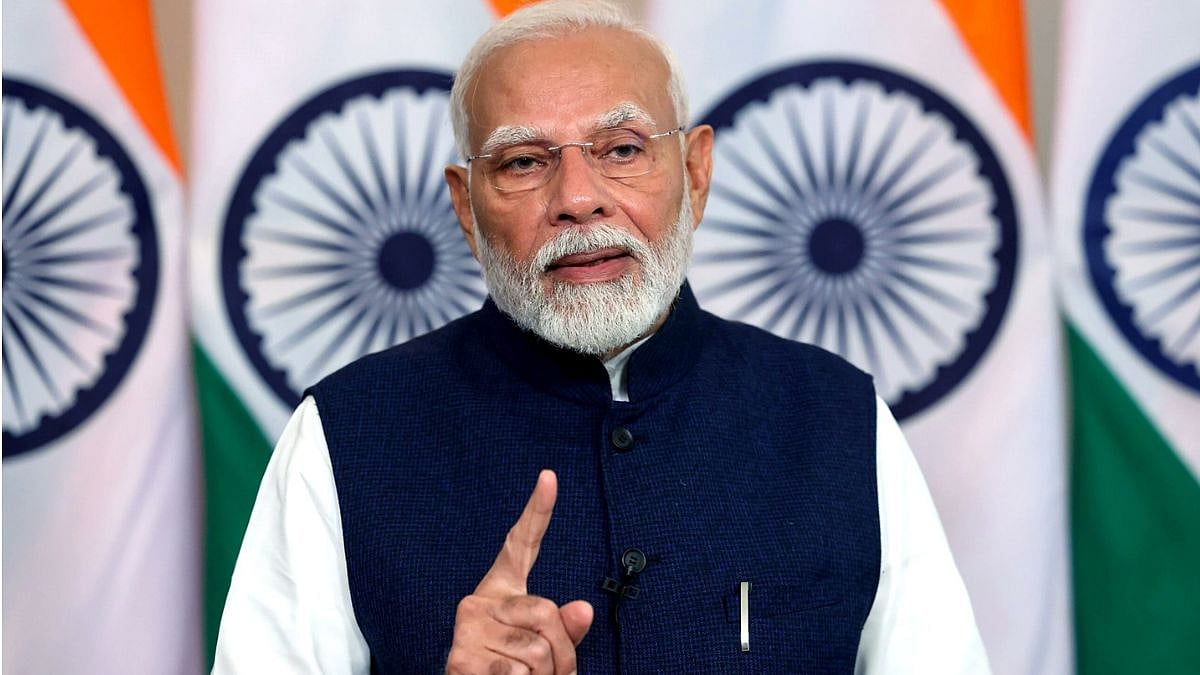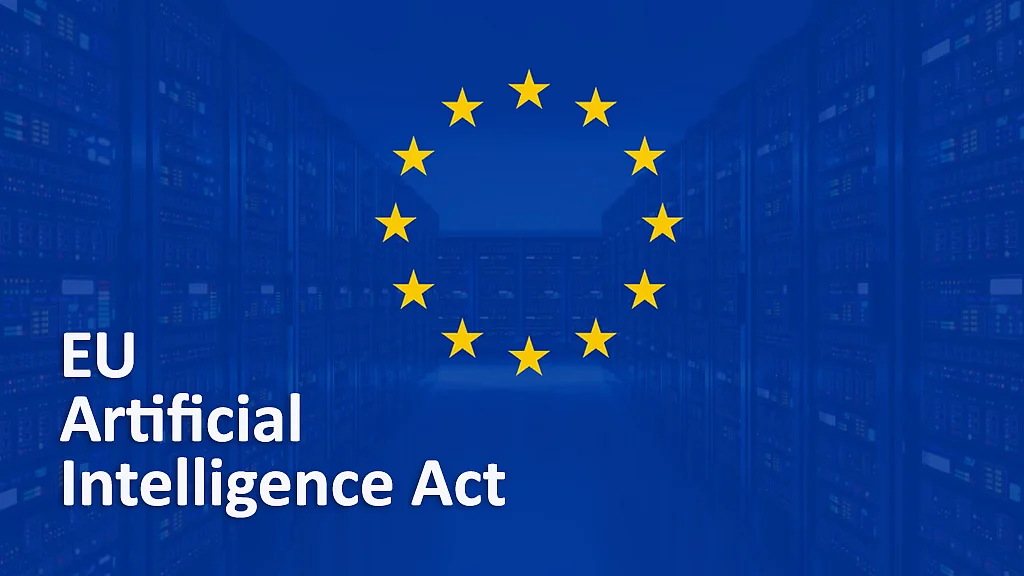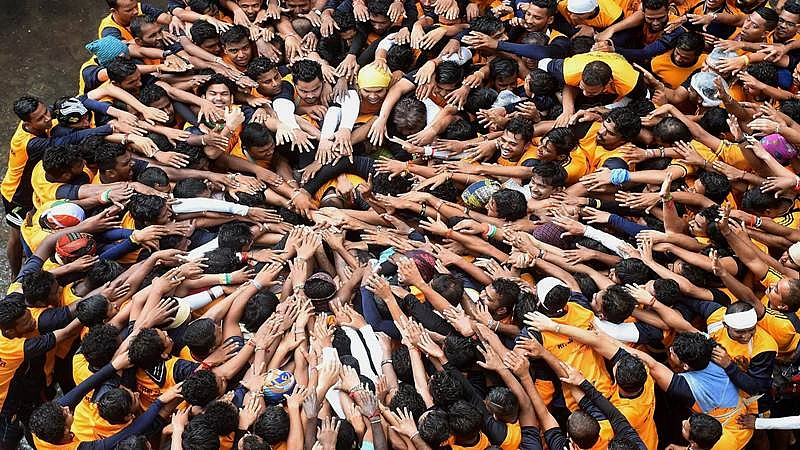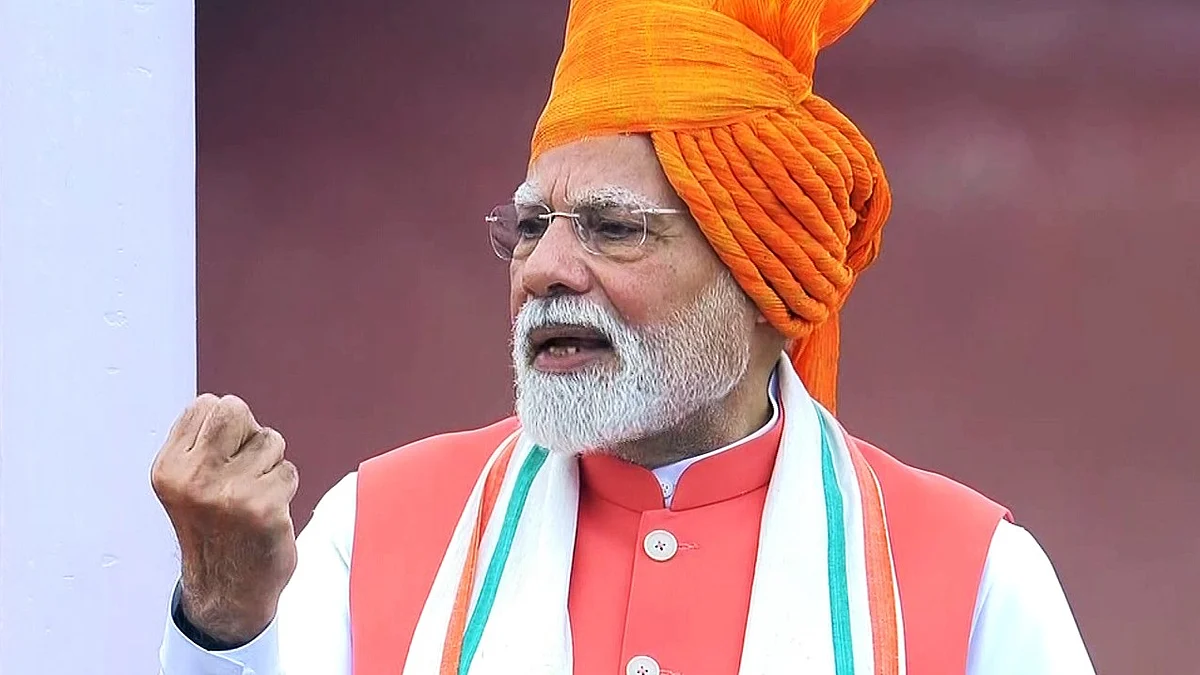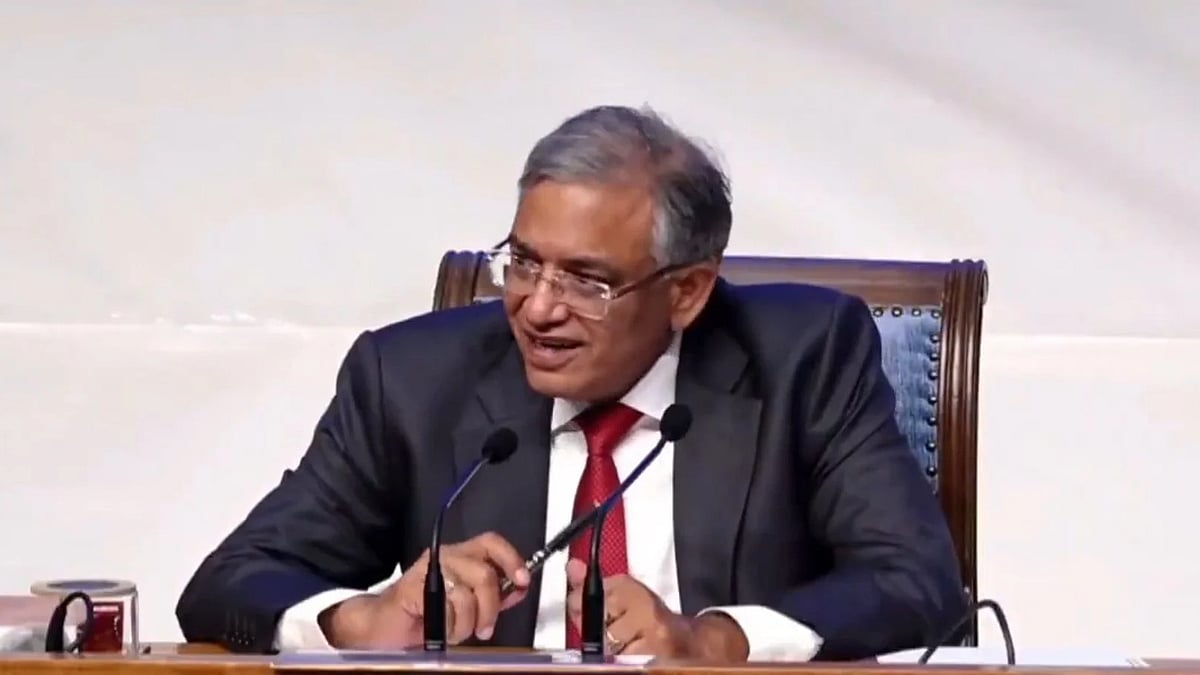The US Department of Justice’s week-old indictment of Indian national Nikhil Gupta in the alleged attempt to kill New York-based Khalistani separatist Gurpatwant Singh Pannun cannot be a barometer to measure New Delhi’s deep strategic ties with Washington, something both countries have worked on intensely for the last two decades.
The Americans have not only been discreet in their investigation, they have been judicious in their approach by doing everything by the book in their detention and deportation of Gupta, an alleged drug trafficker and weapons dealer who is accused of trying to kill Pannun, an American-Canadian citizen.
Consider this: Gupta was arrested in Prague, the capital of the Czech Republic on June 30 this year — a week after Prime Minister Narendra Modi concluded his state visit to the US — on the orders of US authorities. Czech officials, as per protocol, intimated the Indian embassy of this action. Indian officials in Prague began verifying his antecedents, but there was not much they could find, apart from confirming his nationality. The White House and the State Department would have definitely known about Gupta even before Modi’s visit, but they chose to keep quiet.
On his part, Gupta never asked for legal help from the Indian embassy. This was the first red flag. Any regular citizen would have. He arranged for a local private legal counsel in Prague to defend him. Meanwhile, the Czech authorities never officially revealed the charges to the Indian consular officials. This was the second red flag for India.
Between June and October, the Americans conducted a full-scale investigation into Gupta, and then asked the Czechs to extradite Gupta to the US. The Justice Department indictment indicates that Gupta contacted a hitman and paid him a $15,000 advance to kill Pannun (the total ‘fees’ were $100,000). The ‘hitman’, to Gupta’s misfortune, turned out to be an undercover US Drug Enforcement Agency (DEA) agent.
If anyone harbours any doubts about this being an Indian intelligence operation, all they have to do is look at the laughably amateur handiwork of Gupta and his alleged handler (dubbed CC-1 in the indictment) in hiring the hitman.
In October, a senior US intelligence official visited India and informed New Delhi of the findings of their probe. On November 18 — 11 days before the indictment was made public — India constituted a high-level inquiry panel to investigate the matter. During this months-long process, neither country uttered a word in public.
This was both intentional and pragmatic. The US could not be seen as making unsubstantiated allegations (certainly not after what Canadian Prime Minister Justin Trudeau did in September) against an important partner like India, a country with which it has worked hard to rebuild substantial strategic relations over the last two decades. And India could not afford to antagonise or retaliate the US in the same way it did with Canada.
India and the US need each other because of both shared values (democracy, individual freedoms, etc) and shared concerns (oil prices, growing military conflicts, etc). But more than these, India and the US need each other for one primary thing: China. For different reasons, admittedly, but China looms large.
For these and many more reasons, the India-US engagement is too big to fail; it is quite literally the most consequential of relationships of this century, and a force for good.
This year’s state visit to the US by Modi included an address to the joint session of Congress, only the second head of government in the world after Israel’s Benjamin Netanyahu to be given this opportunity twice. The two countries share close defence ties, and the US is India’s largest trading partner and foreign direct investor. Apart from West Asia, India has the largest number of Indians working in the US.
In a recent paper, Yusuf Unjhawala, a scholar at The Takshashila Institution, wrote: “In 2004, India-US announced Next Steps in Strategic Partnership, to expand cooperation in civilian nuclear activities, civilian space programmes, and high-technology trade. This was followed by the 10-year New Framework for the US-India Defence Relations in 2005, which was renewed in 2015. The two countries agreed to strengthen defence relations and sign defence deals to increase security, strengthen strategic ties, and build interoperability. The proclamation of an “Indo-US global partnership” leading to the acceptance of India as a “responsible state with advanced nuclear technology,” alluding to India’s nuclear weapons, despite it not being a signatory to the nuclear non-proliferation treaty, was a game-changer in the ties – or as PM Modi said in his first address to the US Congress, ‘changed the very colours of leaves of our relationship’.”
With so much at stake, both countries acknowledge that an incident like Pannun should not come in the way of a long-term strategic engagement. Of course, the US will make some noises about a citizen being targeted, but it knows that because the assassination attempt was — at least at this point — not sanctioned by the Indian state, it need not do much about it apart from the prescribed legal process.
To be sure, India shapes its foreign policy to advance its economic development. It wants to develop strategic partnerships with countries that help achieve that objective. It goes without saying that the United States is easily our most important source of technology, direct investments, capital, and real-time military intelligence, especially along the LAC.
For the US, India is not only an effective counterweight to China’s ambitions in Asia, but in the high-tech cold war between Beijing and Washington, New Delhi can potentially emerge as a long-term global supply chain partner.
India has remained steadfastly independent in its relationship with the US. While successive US administrations have managed to arm-twist some of its partners into acquiescing to their strategic goals, India has stood its ground, and has partnered the US on its terms. India may only be one-sixth of the US economy, but it has held hands with its head held high.
It is for these reasons that we should not worry too much about the Pannun episode. Let the law take its course, while the strategic ties deepen.
(Sachin Kalbag, Senior Fellow at Takshashila Institution, is a former Washington correspondent and has held senior editorial positions at national newspapers. He can be reached at sachin@takshashila.org.in. He tweets at @SachinKalbag.)



